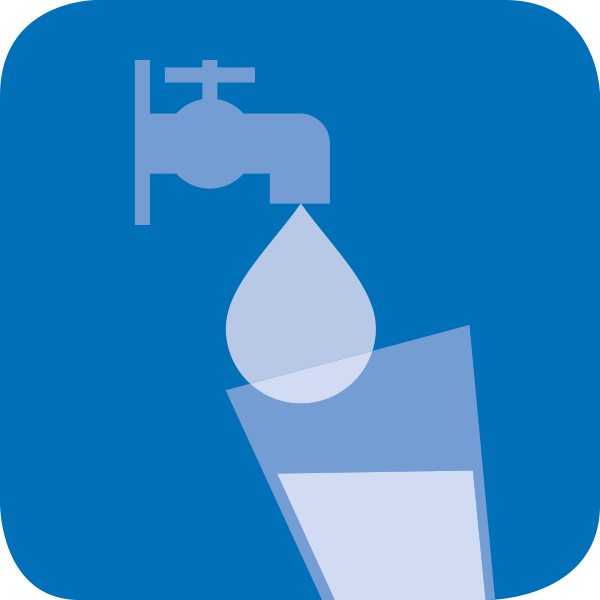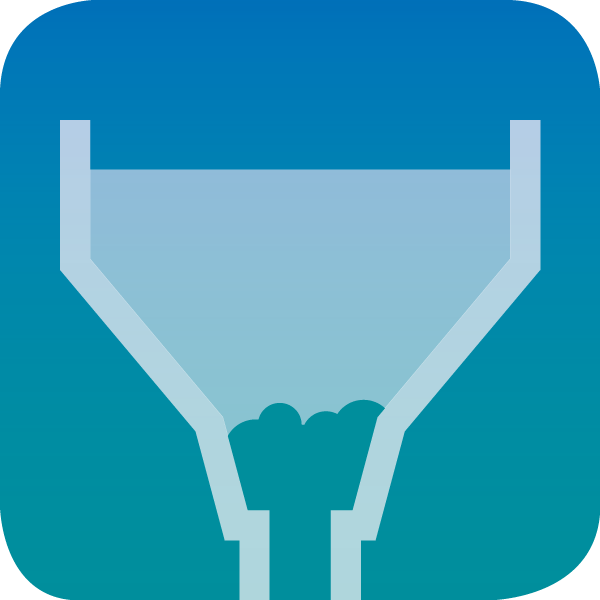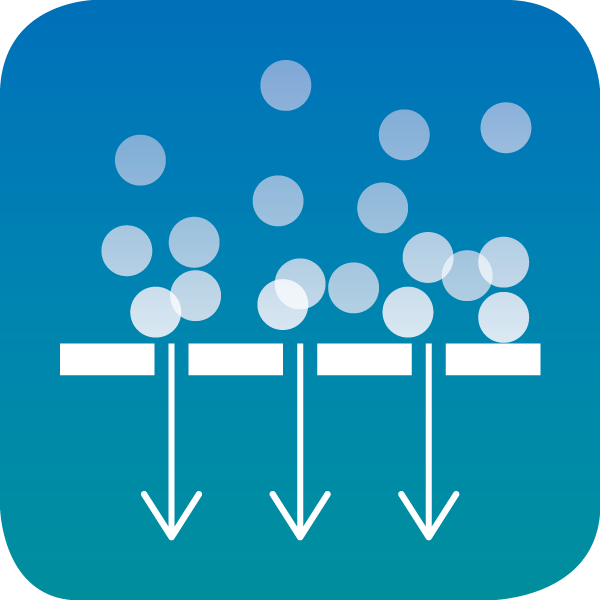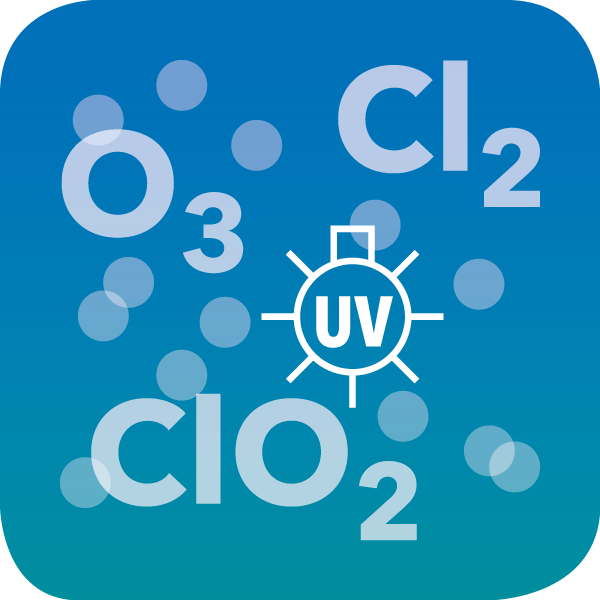5/29/2022
| Dr. Patrick Wolf
According to the European directive 98/83/EC from 1998, drinking water is "all water either in its original state or after treatment, intended for drinking, cooking, food preparation […]" (Article 2, 1., (a)). This results in high demands on the quality of drinking water, for the monitoring of which numerous devices from our company are available.

Source water:
The most common sources of drinking water are groundwater or surface waters. Depending on the quality of the raw water, different treatment steps may be implemented. The numerous processes can be roughly divided into pretreatment, filtration, disinfection/oxidation and others.

Pretreatment:
Next to the sedimentation process for the separation of coarse material, Pretreatment also includes precipitation (addition of iron or aluminum salts) and flocculation (addition of polymers). In order to accelerate the subsequent sedimentation, the latter two processes help to form micro- and macro-flakes, respectively.Typical measurement parameters are turbidity and SAC.

Filtration:
Two of the most common filtration processes are (quartz) sand and membrane filtration. They allow the separation of solids. Depending on the pore size, membrane filtration additionally removes various dissolved particles. If, in addition to the typical biologically active layer, a layer of activated carbon is also incorporated in the sand filtration layer, an additional removal of dissolved organic substances or even difficult degradable impurities takes place.
The monitoring parameters are turbidity (for both filtration types), oxygen and SAC (for sand filtration) and solids (for membrane filtration).

Disinfection/Oxidation:
For disinfection, the addition of chlorine, chlorine dioxide, ozone (chemical disinfection) or the UV treatment (physical disinfection) are relevant. However, at least in Germany, ozonation is not approved as the sole disinfection process. In the chemical processes, microorganisms are inactivated. The inactivation depends on the c*t values, i.e. the concentration (c) to which the microorganisms are exposed to over a certain time (t). The disinfection performance is influenced by the presence of ammonium (formation of chloramines) and by higher turbidity (> 1 NTU). Chemical oxidation of inorganic or organic components also occurs in all processes. This is the primary objective of ozonation.
Physical disinfection damages the DNA of the microorganisms and thus destroys their ability to mulitply. The performance depends on the UV dose and requires a low turbidity (< 1NTU). Chemical oxidation takes place only in the presence of H2O2.
Other treatment processes
Other common treatment processes are activated carbon and deferrization/demanganization.
Activated carbon removes dissolved organic and (micro) contaminants that are difficult to break down. It also promotes biodegradation and protects in case of short-term load surges. The typical monitoring parameter is SAC prior and after the treatment stage.
Deferrization/demanganization is a combination of oxidation followed by filtration. In oxidation, Fe2+ or Mn2+ are oxidized to Fe3+ or Mn4+ respectively. The iron precipitates from the beginning in the subsequent filter. The manganese is eliminated with some delay by manganese-eating bacteria.
Measuring devices from Xylem Analytics Germany for continuous and for spot monitoring
Photometers and turbidimeters
Continuous monitoring
Handhelds and benchtops
 Detailed information on the Drinking Water application can be found on our overview page at a glance. Further application examples with practical tips and tricks for determining drinking water quality can be downloaded from our self-service area.
Detailed information on the Drinking Water application can be found on our overview page at a glance. Further application examples with practical tips and tricks for determining drinking water quality can be downloaded from our self-service area.
